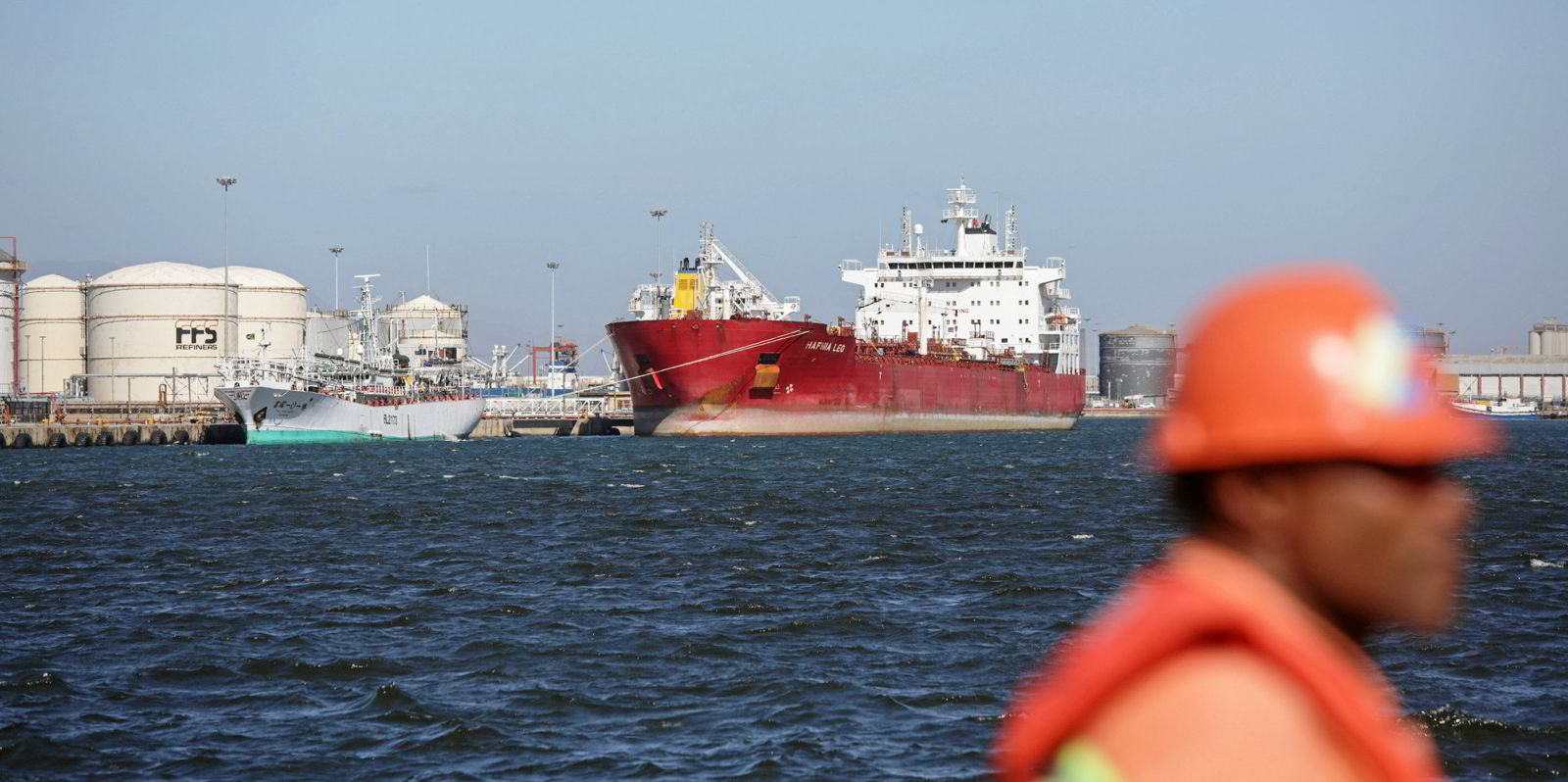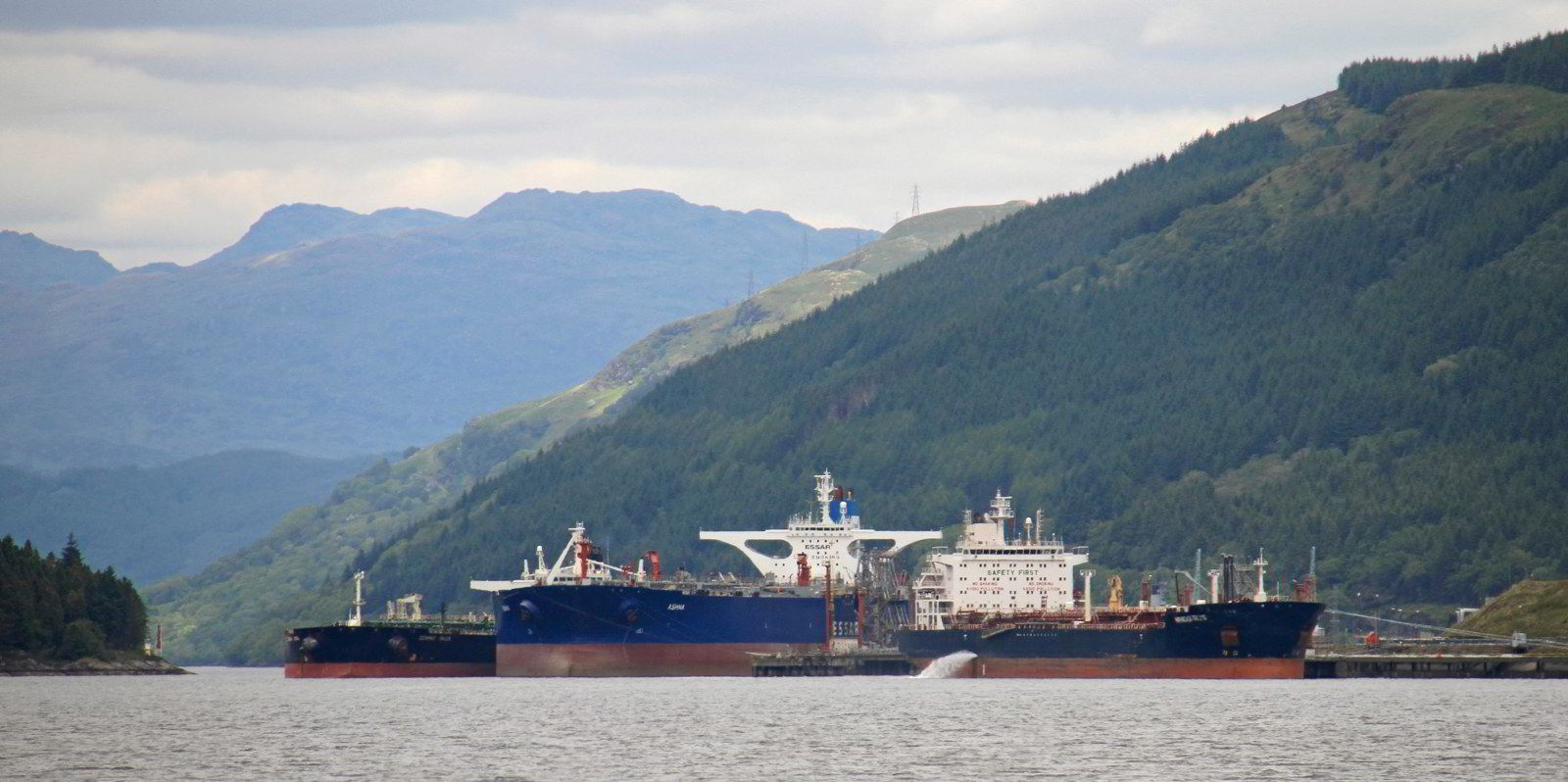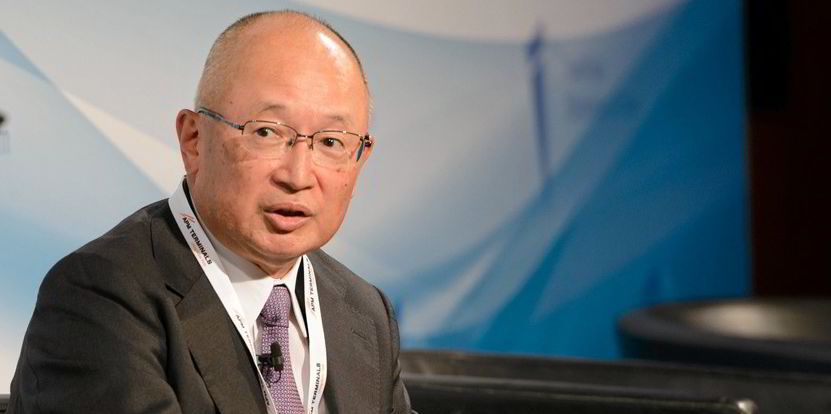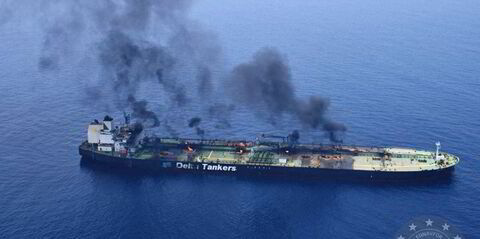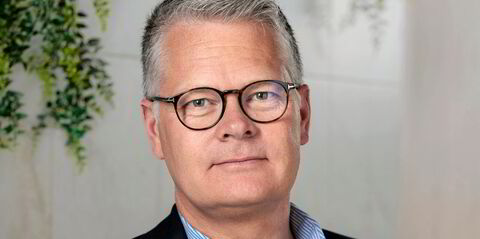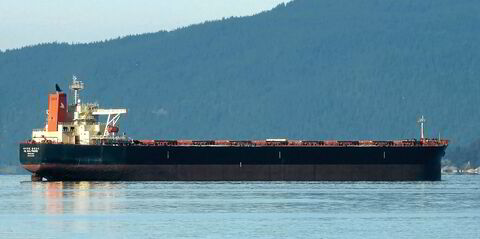To explain why ports are key to tackling operational emissions in shipping, Cargill Ocean Transportation’s Eman Abdalla suggests thinking about Google Maps.
Like optimisation software that shipping companies are increasingly using to operate their vessels more efficiently, Google Maps crunches data and considers a variety of factors to guide a driver to their destination.
But what if, when they get there, they are stuck in traffic on the highway off-ramp? If only that driver had not needed to wait in that congestion, they might have been able to choose a more fuel-efficient route on Google Maps and still arrive at their destination on time.
As shipping turns to optimisation technologies as one way to reduce fuel consumption and emissions, time spent waiting in port or in queues outside their gates is a key puzzle to solve in tackling shipping’s greenhouse gas footprint.
“What good is that optimisation if it’s not from beginning to end?” asked Abdalla, global operation director at the shipping division of commodities giant Cargill.
At the recent Global Maritime Forum annual summit in Athens, Abdalla was among the shipping executives announcing a new ambition statement in which 30 companies across the maritime world committed to the pursuit of operational efficiency to reduce shipping’s carbon footprint.
“As an industry, we need to, simply put, consume less fuel. How we do that can come in different shapes and forms, but ultimately, that has to be the goal,” she told TradeWinds’ Green Seas podcast.
“In parallel, yes, we need green fuels, but I need to make damn sure that I consume a lot less.”
Optimisation, which uses digital technology and increasingly sensors to operate ships in ways and on routes that save fuel, is a part of that, as are energy-saving devices.
The operational efficiency ambition statement, which had Cargill as a signatory, is focused on five areas: data collection and transparency; contractual changes; pilot projects; ports, terminals and value chains; and culture and leadership.
Taken together, the Global Maritime Forum said they could cut shipping’s CO2 emissions by 20%, though Abdalla said a more ambitious 30% may be possible.
Asked which she would accomplish first if given a magic wand, the executive pointed to the integration of data across the value chain, from beginning to end, including ports.
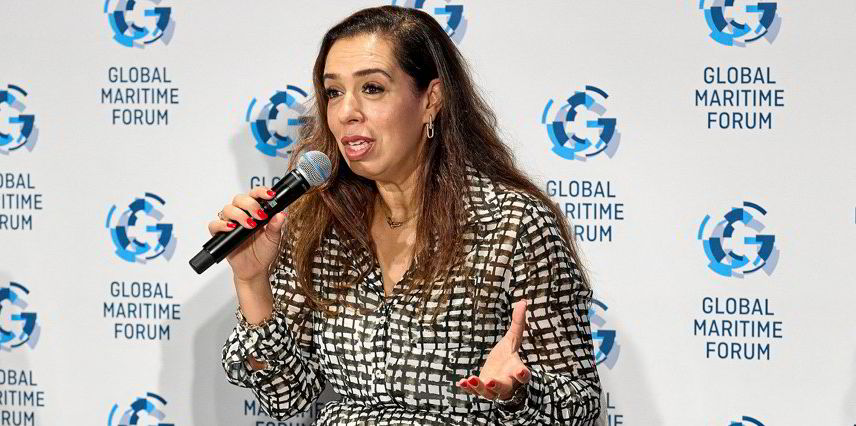
“If you do have the data and you do have the transparency around lineups and congestion and arrival times and ETAs [estimated times of arrival], et cetera, then that will be the key to the solution ultimately,” Abdalla said.
Shipping has what experts describe as a “hurry up and wait” problem that is widely believed to result in unnecessary greenhouse gas emissions.
Vessels travel at “utmost dispatch” to reach ports in their contractual arrival window, before waiting in queues.
For ports, there is a reason why they want those lines of ships to be there: it ensures that they can maximise throughput by always having a ship available to load or unload when a berth opens up on the quay.
Abdalla, whose company operates some 700 ships, said there should be more pilot projects that follow the example of Australia’s port of Newcastle.
There, authorities confronted with pollution problems implemented virtual notices of arrivals, or NORs, to ensure ships could reach their arrival window on paper without having to physically show up until a berth was actually ready for them.
But there is another problem: shipping contracts that incentivise speeding to deliver their cargoes, even though vessels may operate more fuel-efficiently at a lower speed.
Contracts have an arrival window, and Abdalla said vessel operators want to make sure they hit it so they get paid and are not the party responsible for any waiting times.
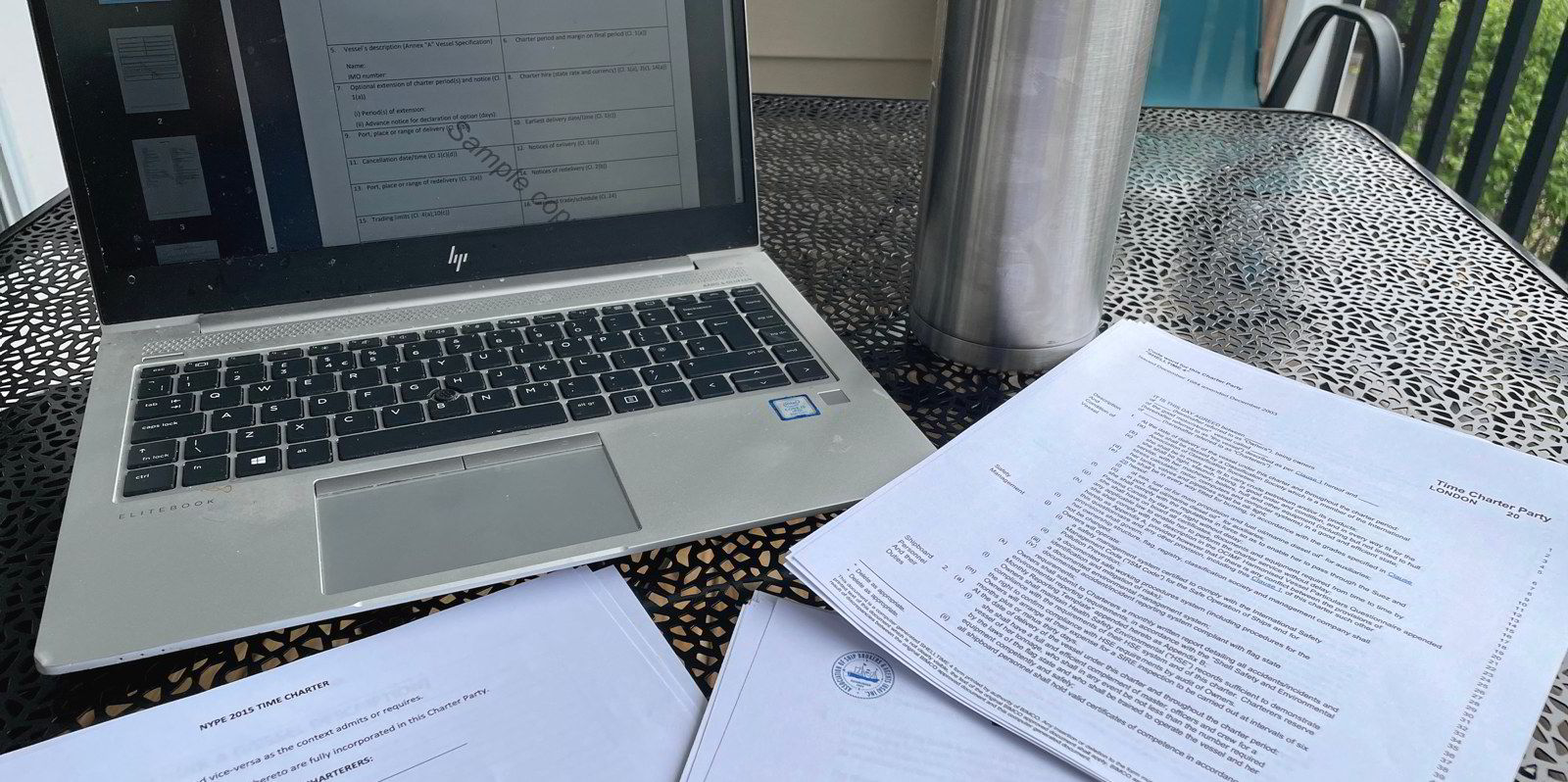
But the executive said the terms in shipping contracts that require vessel operators to tender a notice of readiness to prove arrival during their arrival window are ultimately rooted in the underlying commodities contract.
“They originate from the port,” Abdalla said.
“That’s why we’re saying, I’m saying, it starts with the terminals. Terminals need to change their approach. They need to not penalise ships for arriving early or late and instead work on one common objective: the ship arriving when it needs to arrive.”
Meanwhile, companies focused on port-time optimisation are working to bring visibility to the time ships spend in ports.
Leon Gommans, who has lived in Rotterdam for most of his life with a career focused on technology and economics, began looking at maritime 10 years ago.
The result of that deep dive two years later was Teqplay, where he is chief executive and co-founder and Richard van Klaveren is chief technology officer.
The Dutch company’s software provides visibility about what is happening in ports and mapping out the processes that ships have to go through while there.
Gommans said the goal is to expose waste and risk for companies while their ships are in port. And wasted time results not only in unnecessary emissions; it also costs money.
“The industry does not really understand how much waste there is,” he told the Green Seas podcast.
“We need to make that visible, and once you’ve got that number and if you make it very tangible for people on your way — ‘You’re wasting this percentage of the cost; You’re wasting this percentage of time’ — and you can allocate the numbers to it, then people start to wake up.”
Gommans estimates that 10% to 20% of time spent in ports is wasted.
And visibility — knowing the full path that ships take while in port — allows ship operators or terminal companies to whittle away at that number using continuous improvement.
There are a myriad actors involved in a port call, including ship operators, agencies, port authorities, terminal operators and cargo interests.
It is hard not to imagine tackling all the wasted time in port without collaboration, as with many of the challenges in shipping that have a consequence on emissions.
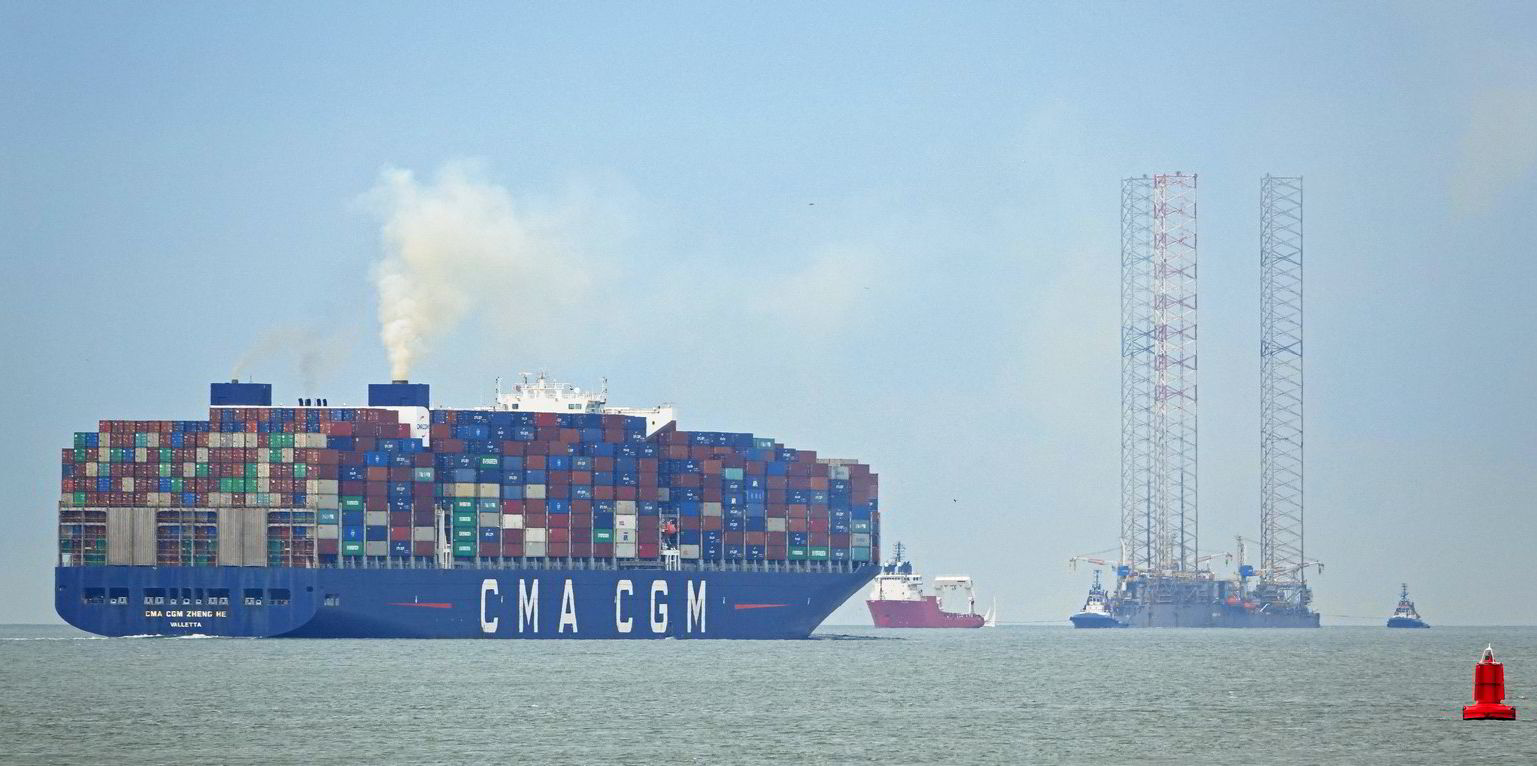
Gommans said the first step toward collaboration is visibility.
“It really starts from having a shared point of truth — a common operational picture,” he said.
“If you look at where there is a lot of waste at this point in time, it’s still that people are doing the wrong things because they’re looking at the wrong information.”
He said having good data is key to having a meaningful conversation among the plethora of different interests in a port call.
Without that data, he said those parties can have a nice conversation about the problem that won’t go anywhere.
Another Dutch company that is tackling port time optimisation is PortXchange, which actually started from the Port of Rotterdam.
It began as Pronto, a collaborative vessel and terminal planning platform that the port started using in 2018 before it decided to make it available to ports around the world to help reduce emissions, with backing from energy giant Shell and container shipping titan AP Moller-Maersk.
PortXchange’s approach has collaboration as a starting point.
For example, when it launched a trial of its platform in Houston, it started with 20 companies and organisations in the Texas city’s chemical shipping cluster, including vessel operators, agents and the port authority.

Abhishek Nair, a former ship’s master who is director of business development at PortXchange, said that as the company started talking with ports around the world, it was surprised to find even those that take the time to do an inventory of their greenhouse gas footprint are working with information that is 12 months old by the time they get it.

“This information and these calculations can be done practically in real-time, and this can be done at the click of a button,” he told the podcast.
“You don’t have to be spending thousands or hundreds of thousands of dollars just to make an emissions inventory, because this is information that’s already out there. You just need to know how to tap into the information.”
PortXchange’s EmissionsInsider is doing just that, providing ports with real-time emissions tracking and analysis that allows them to figure out what steps will actually reduce their greenhouse gas footprint.
Nair said the maritime sector has grown to accept that there are going to be delays in the complex processes involved in port calls, wasting time, emissions and money.
“We accept that delays are part and parcel of the game,” he said.
He said the multitude of parties involved in a particular port call leads to the need for information exchanges that have transaction costs and delay operations.
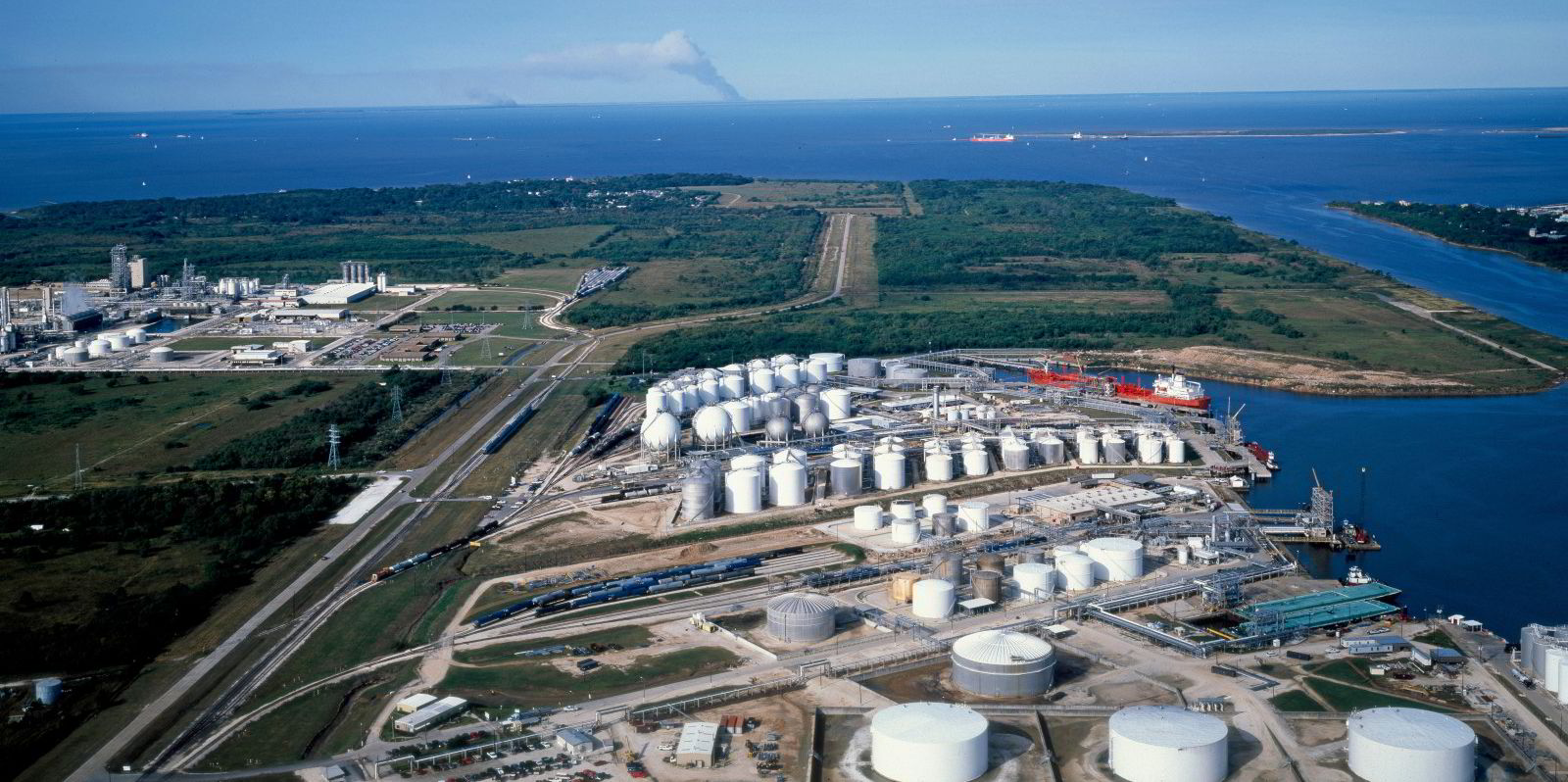
So PortXchange’s flagship Synchronizer product connects those many parties on a single platform, sharing operational data in real time.
The 30 companies that signed the Global Maritime Forum ambition statement on operational efficiency believe fuel consumption can be reduced by more than 20% by optimising shipping and other measures using existing technologies.
Five areas of focus: data collection and transparency; contractual changes; pilot projects; ports, terminals, and value chains; and culture and leadership.
Signatories: Amaggi, Blue Visby, Bunge, Cargill, Chevron Shipping, Cofco International, Copenhagen Commercial Platform, Euronav, Genco Shipping & Trading, Lloyd’s Register, Louis Dreyfus Co, Maersk Tankers, NAPA, NYK Group, Oil Companies International Marine Forum, Oldendorff Carriers, Port of Acu, Port of Rotterdam, PSA International, Rubis Energie, Siglar Carbon, Signol, Stena Bulk, Stephenson Harwood, Torvald Klaveness, UK Hydrographic Office, Viterra, Watson Farley & Williams, Wisdom Marine Group and ZeroNorth.
Nair said the company realised, as it was expanding to ports around the world, that a one-product-fits-all approach does not work.
Each port has a different way of working, so PortXchange takes what Nair described as a “people-led approach” in which every rollout of the port-time optimisation product is a change-management exercise.
And that requires a broad base of participants.
By streamlining port calls, PortXchange has found that 8% to 11% improvement, which is effectively a cut in emissions of up to 11%, Nair said.
Shipping’s hurry-up-and-wait problem is one in which ports are only a part, and just-in-time arrival is a widely accepted way of cutting emissions in shipping, but it is elusive because of the way shipping contracts are written.
But Nair said port time optimisation platforms can help facilitate just-in-time arrival, with virtual arrival times.
“Even if you look at the multiple virtual [arrival] clauses that are out there as template clauses for contractual agreements, you will always have a need for a third party who can monitor,” he said.
Cargill’s Abdalla, whose company is a major shareholder and customer of optimisation software company ZeroNorth, envisions a world where such technology integrated with data from interconnected ports around the world, creating a single synchronised platform.
“This is the world that I imagine and … where I would want us to be as an industry,” she said.
